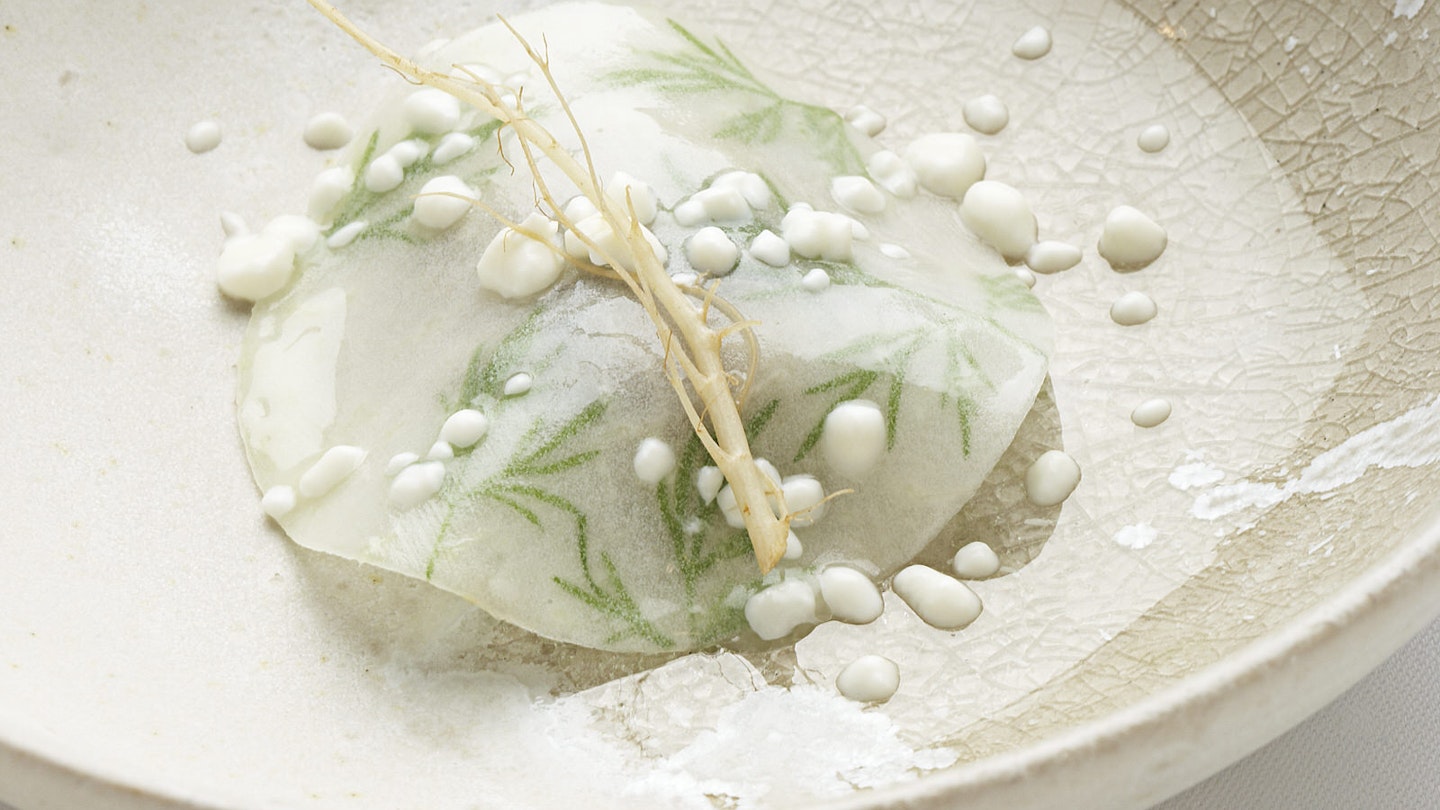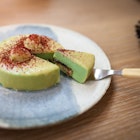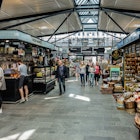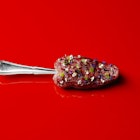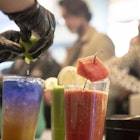The term 'new Nordic cuisine' still sets hearts aflutter on the international food scene, and any gourmand worth their salt (French fleur de sel, preferably) continues to place Copenhagen high on their food-fancying holiday itinerary.
As of 2018, the Danish capital is home to 15 Michelin-starred restaurants (12 holding one star, two holding two stars, and one, Geranium, holding three), and with the recent opening of the reinvented new-Nordic legend noma at its new premises overlooking free-spirited Christiania, Copenhagen’s influence on the culinary world stage shows no sign of abating.

So what was it that took this city from its humdrum pork-and-potatoes tradition to culinary dynamo, and what exactly does 'new Nordic cuisine' mean? Chief responsibility for the spotlight shining on Copenhagen lies with the city's young chefs, many of whom apprenticed with some of the most influential chefs in the world.
These chefs took their experience and combined it with a passion for Denmark's local raw ingredients – its excellent pork, game, seafood, root vegetables and berries – and a reverence for the seasons. Taken to extremes, this means noma's owner-chef René Redzepi eschews all non-indigenous produce in his creations (no olive oil, for example, and no tomatoes); plays with modest, often-overlooked ingredients (pulses and grains); and forages for herbs and plants. Ingredients are skilfully prepared, but technique never overshadows flavour.

Tasting Copenhagen
For all the hype surrounding restaurants such as Geranium and noma – and new-Nordic cuisine in general – this is clearly not how the average Dane eats every day. So where can you go in Copenhagen to get a more prosaic picture of dining, Danish style?
Smørrebrød
Near-unpronounceable smørrebrød is Denmark's famed open sandwich. It generally consists of a slice of rye bread topped, for example, with roast beef, smoked salmon, pickled herring, liver pate, or fried fish fillet, and finished with a variety of garnishes (the final sculptured product often looks too good to eat). It's usually only served at lunchtime; top spots for a fix include traditional Schønnemann and contemporary Aamanns, the latter offering takeaway and a restaurant. Pro-tip: try to pronounce smørrebrød as "SMUHR-bruth", but don’t feel bad if your pronunciation doesn’t match a native Dane’s.

Pastries
With a dozen outlets around town including at the airport, on Strøget, and next door to the tourist office, Lagkagehuset is a bakery chain selling all the buttery, carb-loading treats you could dream of. Rugbrød (rye bread) is a must-try, but you're probably here for the sweet pastries. Note that while they're called 'Danish pastries' around the world, in Denmark they're known as wienerbrød (literally, 'Vienna bread').
Seafood
In Copenhagen's hip 'Meatpacking District', the fish-focused Kødbyens Fiskebar has generated lots of heat since it opened almost a decade ago, and is a favourite of noma's Redzepi. The menu lists the provenance of all its seafood, from Greenlandic snowcrab to Danish Limfjord oysters and mussels. This is also a good spot to sample Danish white wine (yes, really!).
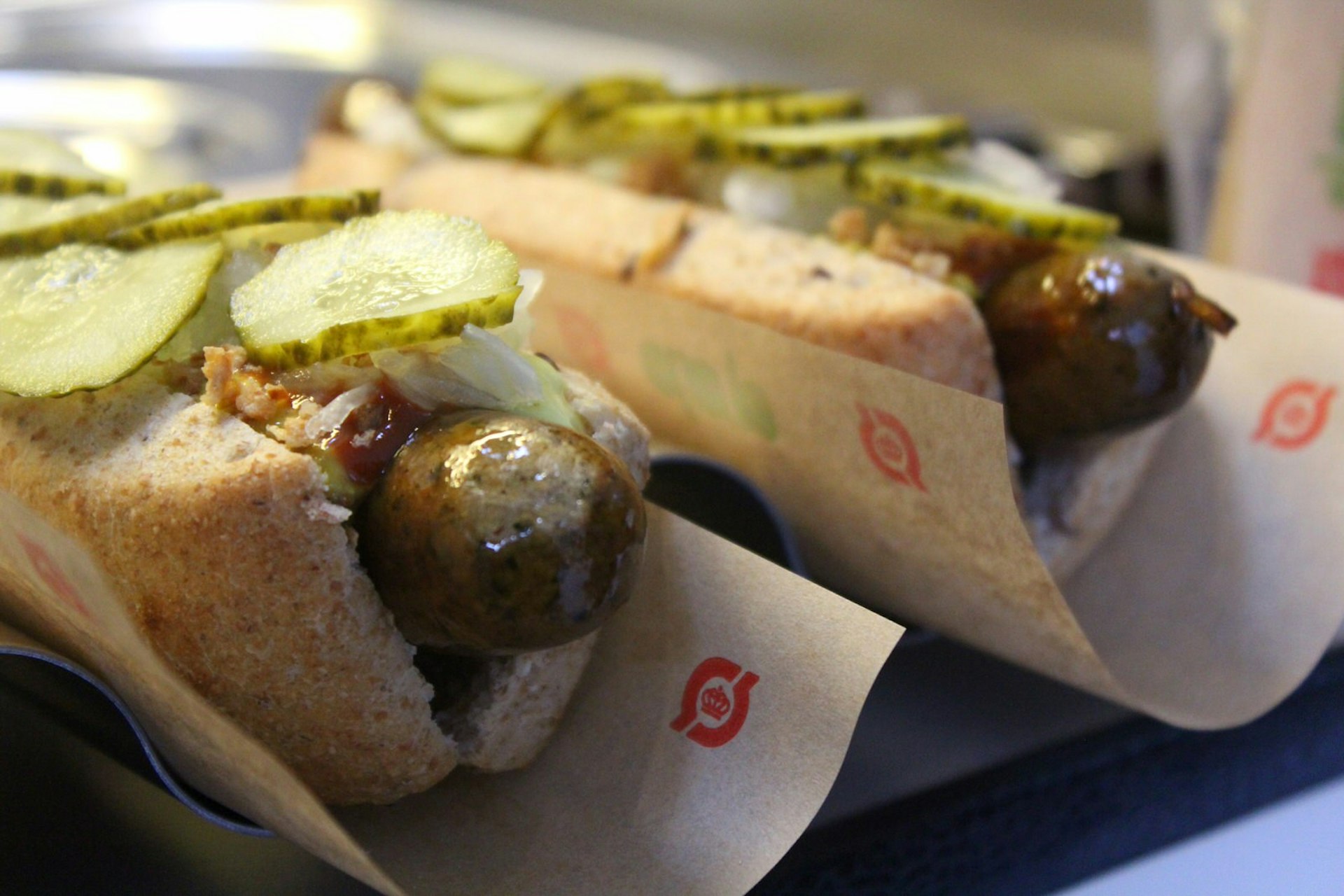
Hot dogs
Classic Danish street food is the pølser (hot dog in a bun), sold from the ubiquitous pølser vogn (hot-dog cart). DØP is quite possibly Copenhagen’s finest, serving up mouth-watering organic dogs to all, whether you’re after a taste of the traditional or an innovative vegan alternative. Find their van beside Rundetårn.
First published in August 2011
